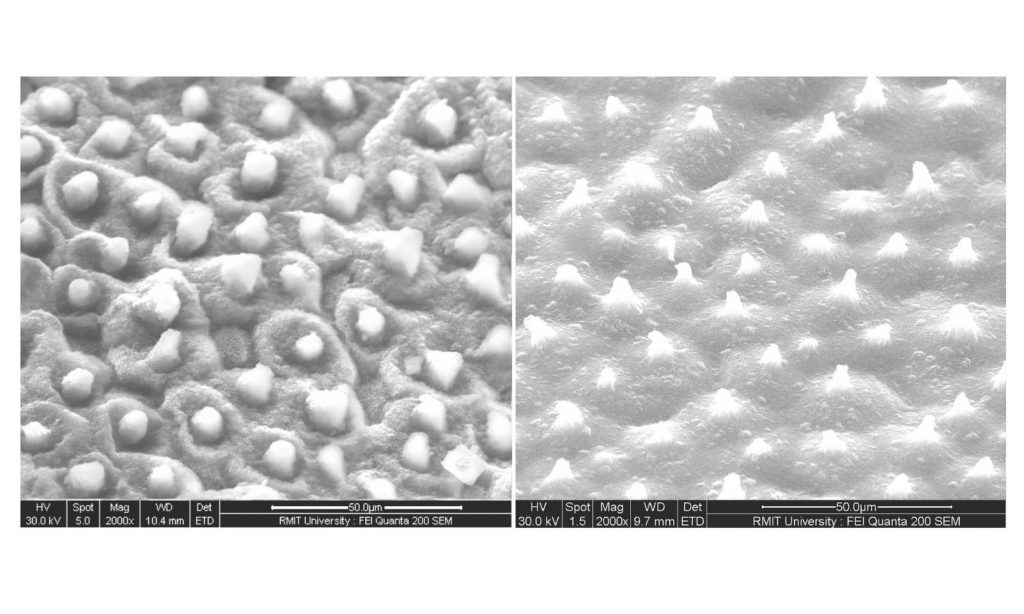February 08th 2022
Inspired by the always immaculate lotus leaf, researchers have developed a self-cleaning bioplastic that is sturdy, sustainable and compostable.
Inspired by the pristine lotus leaf, Australian scientists have engineered a quickly biodegradable yet self-cleaning plastic they say is ideal for packaging fresh and takeaway foods.
If successfully commercialised, the wholly compostable product would help reduce the almost 80 per cent of plastic waste left to accumulate as landfill or sloughed off as a litter.
Like the foliage of the Nelumbo nucifera blossom, the synthetically-engineered substance repels liquids and dirt, making it suitable to meet hygiene standards.
Once discarded, it then breaks down rapidly in the soil.
Lead author of the RMIT University project, PhD candidate Mehran Ghasemlou, says the bioplastic was created with mass production in mind.
“Plastic waste is one of our biggest environmental challenges but the alternatives we develop need to be both eco-friendly and cost-effective to have a chance of widespread use,” he said.
“We designed this new bioplastic with large-scale fabrication in mind, ensuring it was simple to make and could easily be integrated with industrial manufacturing processes.”
Although strong, the product is made from cheap and widely-available starch and cellulose to keep production costs low and support biodegradability.
Unlike other compostable plastics, its fabrication doesn’t require heating or industrial processing and would be simple to upscale to a roll-to-roll production line, Mr Ghasemlou says.
Neither does the new plastic need industrial intervention to biodegrade, with trials showing it breaks down naturally and quickly once exposed to bacteria and bugs in the soil.
“Our ultimate aim is to deliver packaging that could be added to backyard compost or thrown into a green bin alongside other organic waste,” Mr Ghasemlou said.
“The food waste can be composted together with the container it came in, to help prevent … contamination of recycling.”
Lotus leaves are known to have some of the most water-repellent surfaces on Earth and are almost impossible to get dirty.

The secret lies in the leaf’s surface structure, which is composed of tiny pillars topped with a waxy layer.
Water that lands on the leaf remains as droplets that roll off with the help of gravity or wind. They also sweep up dirt as they slide.
To emulate the effect, the RMIT team imprinted the surface of the plastic with a pattern that mimics the structure and coated with it a protective layer of PDMS, a silicon-based organic polymer.
Tests show it not only repels liquids and dirt effectively, it retains its self-cleaning properties after being scratched with abrasives and exposed to heat, acid and ethanol.
Co-author of the research Professor Benu Adhikari says the design overcomes the key challenges of starch-based materials.
“Starch is one of the most promising and versatile natural polymers but it is relatively fragile and highly susceptible to moisture,” he said.
“Through our bio-inspired engineering that mimics the ‘lotus effect’, we have delivered a highly-effective starch-based biodegradable plastic.”
Source: https://www.rmit.edu.au/news/all-news/2022/feb/self-cleaning-bioplastic
